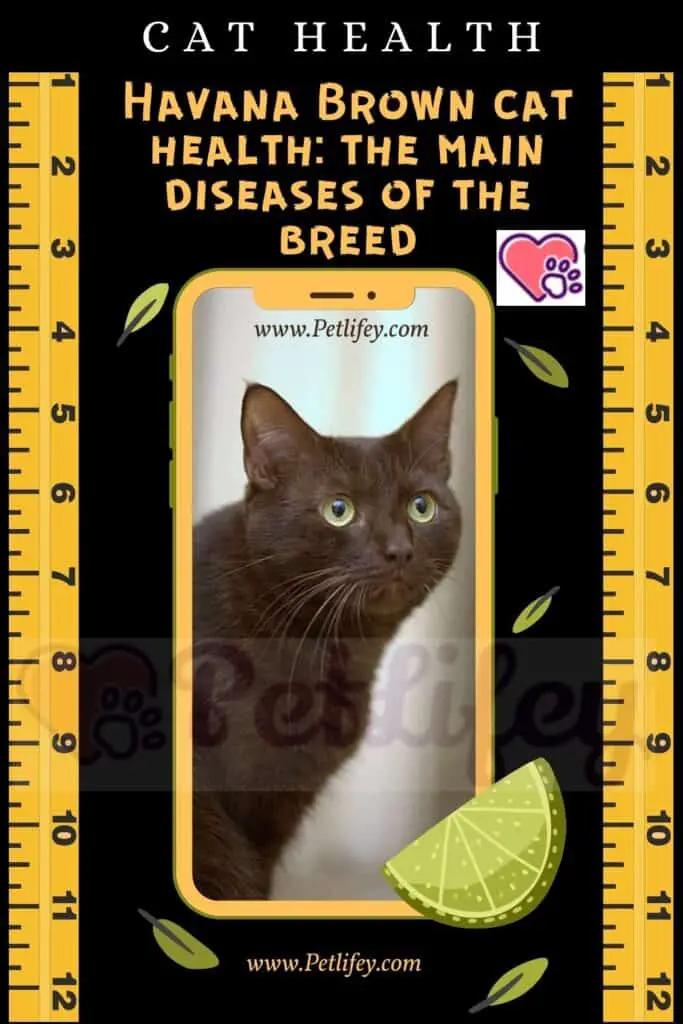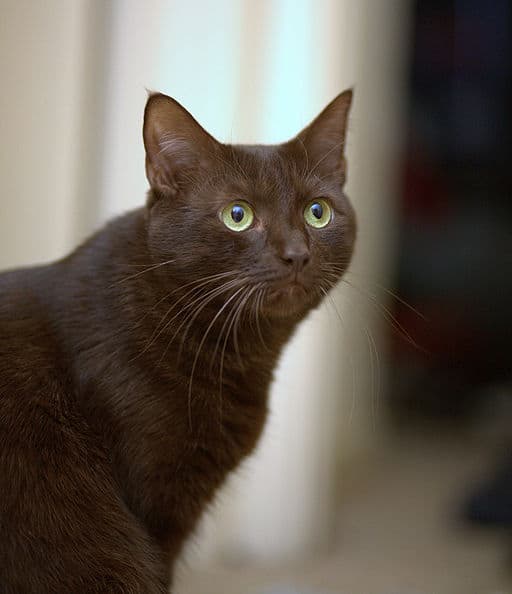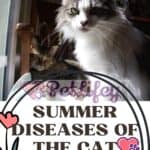
The diseases of Havana Brown, the main pathologies of this cat breed. Let’s find out which ones can affect it and how to cure it.
Each cat breed has its own weakness, although some may be of strong constitution.
There are specific problems that definitely affect some cats.
This is the case of the Havana Brown, a rather robust breed with very resilient health.
However not immune to the most common diseases in cats. Let’s see what the diseases of Havana Brown.
Diseases of Havana Brown

Havana Brown does not require particular attention as regards health but the fact remains that it can suffer from certain diseases.
The Havana Brown is a sturdy cat with a strong and healthy body structure which ensures a long, healthy life for this cat.
In fact, if well cared for, this cat can live safely even up to 20 years of age.
Athletic and agile, with a marked agility, he is a cat full of energy and always willing to play.
In this cat breed, specific diseases are practically almost completely absent.
If it weren’t for that voracious appetite that is dangerous for his organism and some common pathologies in all felines.
Here are the main diseases of Havana Brown: Obesity and Diabetes : The Havana Brown is a medium-sized cat, with a toned build and strong bone, therefore an agile body, lean and muscular at the same time. To maintain its appearance, long-limbed and strong, it needs an appropriate diet . That is why his diet needs to be controlled. This allows to avoid that it can find itself in a situation of obesity in the cat. The Havana Brown is an extremely greedy cat, everything that is in its bowl devours it and is always ready to ask for more. This cat needs to consume meals based on animal proteins on a daily basis, which more than any other substance is able to transform into energy. Minimize the amount of carbohydrates present in his diet, offer him high quality food and tight control over doses. In any case, intervening only in the cat’s diet is not enough, it is also necessary to change the lifestyle of the animal. It will be necessary to stimulate the cat to do daily exercise, different games, scratching posts and high shelves to climb. However, the opinion of the veterinarian is necessary, who can intervene in the specific case, having knowledge of the cat in question.
Other diseases
- Mange: It is caused by a mite of which there are several species and subspecies. These mites cause severe skin infections in cats, generally starting in the face and ears and spread to the rest of the body and are highly contagious;
- Toxoplasmosis : It is an infectious, parasitic disease caused by the parasite Toxoplasma gondii, which finds its final host in the feline where it can reproduce. The cat can become infected when it feeds on contaminated rodents and birds or by ingesting raw meat;
- FIV: The syndrome called Feline Immunodeficiency (FIV) is an infectious disease caused by a retrovirus;
- Allergies: Allergies can be of various origins and even if Havana Brown is not subject to them, it can happen in particular in certain periods that it can be affected. To be able to guess that the cat is an allergic subject, just observe it. If the animal tends to scratch itself up to scratch itself, sometimes even up to injure itself, it is easy for the animal to suffer from some skin allergy;
- Abscess: It is an infection. It occurs when there are deep wounds on the cat’s body that we can observe on the paws, behind the tail or on the muzzle of the animal;
- Conjunctivitis: This is the inflammation of the mucous membranes of the cat’s eye . It affects the transparent layer that covers the anterior part of the eyeball and the inner surface of the upper and lower eyelids (the conjunctiva, in fact);
- Mycosis: It is a disease caused by fungi, which can cause redness, scabs and other symptoms that cause the cat to scratch constantly, with the risk of spreading the infection to other parts of the body;
- Otitis : It is the inflammation of the epithelium that covers the ear canal of the auricle. It can be external, internal or attack the middle ear. The causes can be multiple and can even become chronic in cats;
- Periodontitis :A disease of the cat’s mouth which, if not treated in time, can even be fatal. Periodontal diseases occur with greater frequency in the elderly cat, but not only: over 3 years of age many cats begin to suffer from these disorders.






